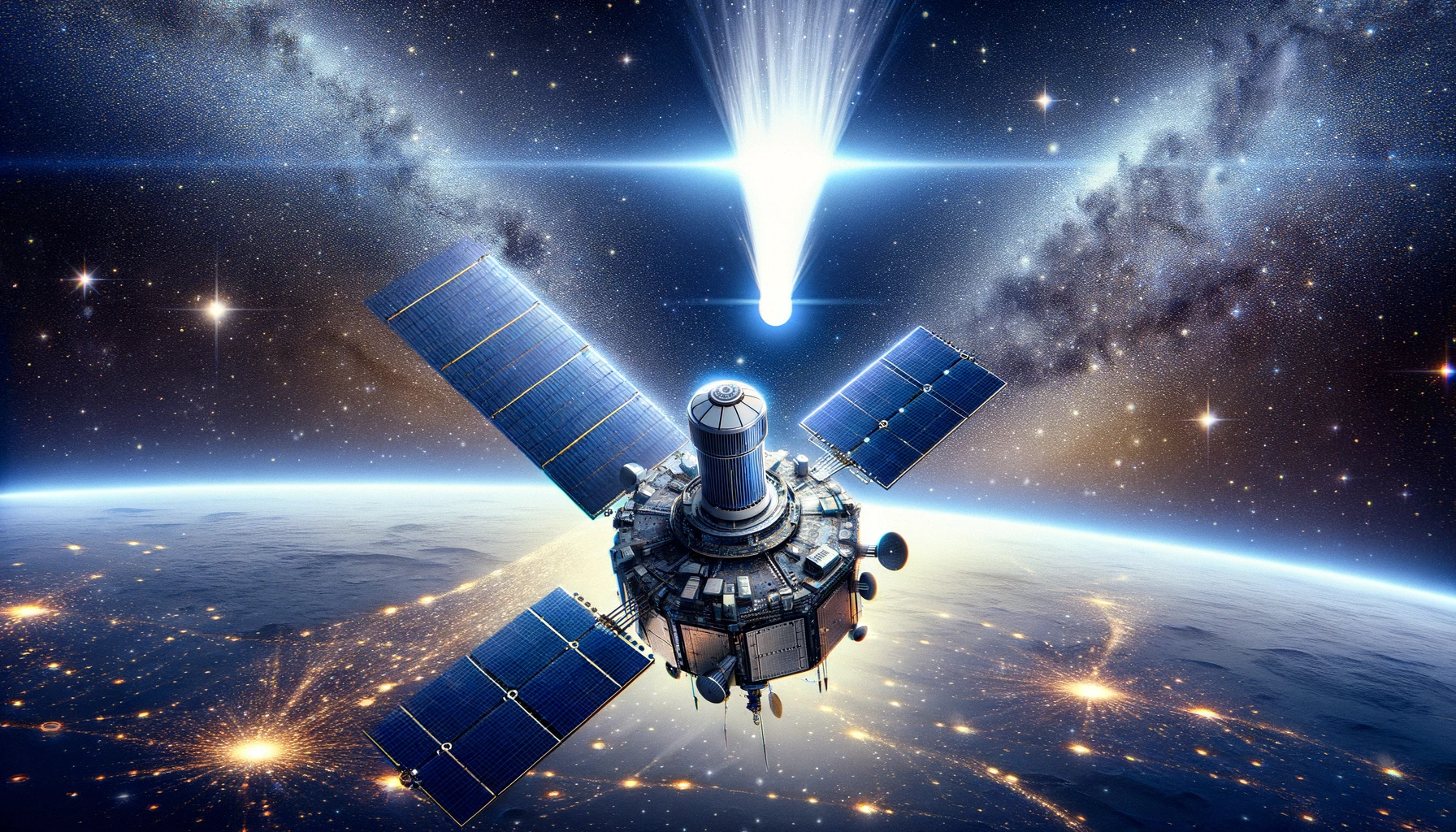Explore the groundbreaking discovery of the 5,000th comet by the ESA and NASA Solar Observatory, marking a significant milestone in space exploration and comet studies.

ESA, NASA Solar Observatory Discovers Its 5,000th Comet
The European Space Agency (ESA) and the National Aeronautics and Space Administration (NASA) jointly operate a Solar Observatory that has been at the forefront of astronomical discoveries for decades. Recently, this observatory achieved a remarkable milestone by discovering its 5,000th comet, marking a significant achievement in the field of space exploration and comet studies.
Comets have long captured the fascination of scientists and the general public alike. These icy bodies, often referred to as “dirty snowballs,” journey through the depths of space, leaving behind magnificent trails of dust and gas as they approach the Sun. The study of comets provides valuable insights into the formation and evolution of our solar system.
The ESA and NASA Solar Observatory, equipped with state-of-the-art telescopes and instruments, is dedicated to observing and studying various celestial phenomena, including comets. Its continuous monitoring of the skies has led to the discovery of numerous comets over the years, each contributing to our understanding of these enigmatic objects.
The 5,000th comet discovery by the Solar Observatory represents a culmination of years of diligent observation and data analysis. This milestone is not only a testament to the advanced technology employed by the observatory but also highlights the dedication and expertise of the scientists and researchers involved in comet studies.
Comets are often described as time capsules from the early solar system, preserving ancient materials that offer clues about the conditions and processes that prevailed during the formation of planets and other celestial bodies. By studying the composition, structure, and behavior of comets, scientists can unravel mysteries about the origins of water and organic molecules in our solar system.
The discovery of the 5,000th comet by the ESA and NASA Solar Observatory opens new avenues for research and exploration. Each comet adds to the wealth of data that astronomers use to piece together the puzzle of our cosmic neighborhood. Moreover, comets play a crucial role in shaping planetary environments, influencing factors such as atmospheric chemistry and the delivery of essential elements to planets like Earth.
One of the key objectives of comet studies is to gain insights into the potential risks they pose to Earth. While most comets follow predictable trajectories far from our planet, there is always a possibility of a close encounter or impact in the distant future. Understanding the characteristics and behavior of comets is essential for developing strategies to mitigate potential threats.
In addition to scientific significance, comets hold cultural and historical importance. Throughout history, these celestial visitors have been viewed with awe and sometimes fear, influencing mythologies, art, and literature. Cometary appearances have often been interpreted as omens or portents, reflecting humanity’s enduring fascination with the wonders of the cosmos.
The ESA and NASA Solar Observatory’s achievement of discovering its 5,000th comet underscores the collaborative efforts and advancements in space exploration. It serves as a reminder of the vastness and complexity of the universe we inhabit, urging us to continue pushing the boundaries of knowledge and exploration.
As we celebrate this milestone in comet discovery, it is essential to recognize the ongoing efforts of space agencies, astronomers, and researchers worldwide who contribute to our ever-expanding understanding of the cosmos. The journey of exploration continues, fueled by curiosity, innovation, and a shared quest for unraveling the mysteries of the universe.
In conclusion, the discovery of the 5,000th comet by the ESA and NASA Solar Observatory is a momentous occasion that highlights the significance of ongoing space exploration efforts. Comets, with their captivating beauty and scientific relevance, continue to inspire wonder and drive advancements in our quest to comprehend the cosmos.
You Also Might Like This-
- NASA’s Tiny BurstCube Mission: A Giant Leap in Cosmic Exploration
- NASA Eclipse Mission
- NASA and Blue Origin Orbital Reef: Pioneering the Future of Space Habitats










